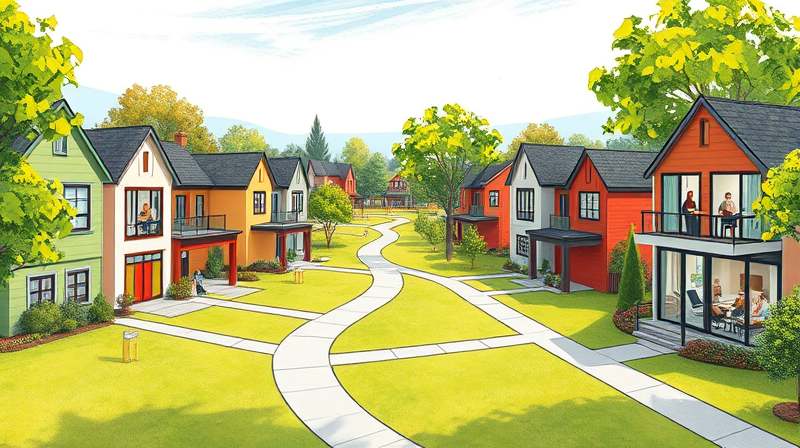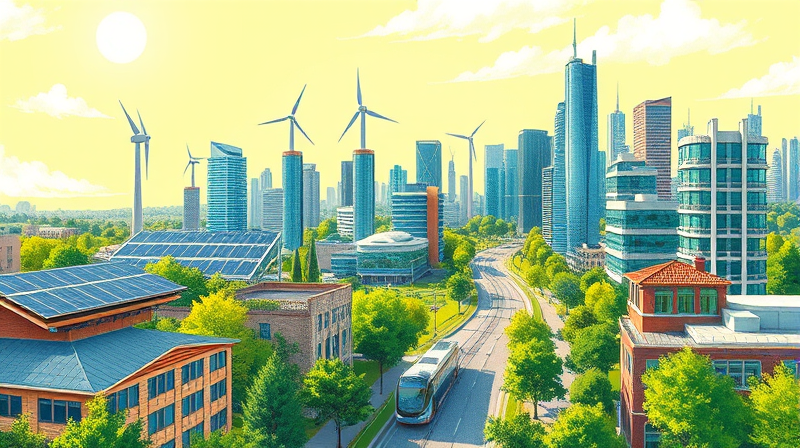
When the global workforce first embraced remote work in 2020, few foresaw the profound and lasting effects on where people choose to live. What began as an emergency measure evolved into a catalyst for a seismic shift in real estate preferences.
Today, homebuyers prioritize space, privacy, and adaptability more than ever. The ripple effects of this transformation extend beyond individual choices, reshaping markets, urban planning, and even social equity.
Data from early 2025 reveals that roughly 32% of remote workers have reconsidered their housing needs since working remotely. Among these:
These shifts have driven a remarkable migration pattern: in 2024, about 21% of remote professionals moved, with a majority gravitating toward less densely populated areas.
This unprecedented demand for suburban homes has fueled rising prices, especially in markets like Austin, Texas, and Boise, Idaho, where influxes of new residents outpaced available inventory.
As commutes shrink or disappear, buyers no longer sacrifice living space for proximity. Instead, they seek environments that blend work and life seamlessly. Key relocation drivers include:
Interestingly, 41% of movers now place less importance on transit accessibility, reflecting the fading necessity of daily commutes.
Real estate professionals and developers have rapidly adapted. Modern listings highlight features that cater to remote work lifestyles:
Investors now prioritize properties with built-in adaptability, ensuring homes can transform as needs evolve. From soundproof walls to integrated video-conferencing setups, houses are designed to support modern professional and family demands.
The surge in suburban populations places new pressures on schools, utilities, and transportation networks originally built for slower growth. Municipalities face critical decisions:
Without strategic planning, rapid expansion risks widening existing divides. Regions that fail to invest in infrastructure may see a digital and economic gap deepen, leaving remote workers and their families at a disadvantage.
Furthermore, as urban centers lose daily foot traffic, downtown businesses and public transit systems face revenue challenges. The decentralization has a complex impact on tax bases, social equity, and even career advancement for remote employees, who sometimes encounter presence disparities in promotion decisions.
While the suburban surge remains strong, several factors are moderating the pace. Some large employers are reinstating hybrid or in-office mandates, prompting mild price corrections in certain markets.
Nevertheless, 79% of remote workers stayed put in 2024, and 54% reported no change in their housing choices. This suggests that lifestyle and affordability often trump workplace directives when people decide where to live.
Looking ahead, hybrid models may foster a new equilibrium. Some professionals will seek flexible arrangements that balance urban access with suburban tranquility. Developers and cities that embrace this duality—offering co-located coworking hubs alongside family-friendly neighborhoods—will thrive.
Ultimately, the remote work revolution has redrawn the map of opportunity. By valuing space, technology, and quality of life, individuals and communities alike are forging a future where work and home coexist in harmony.
References













